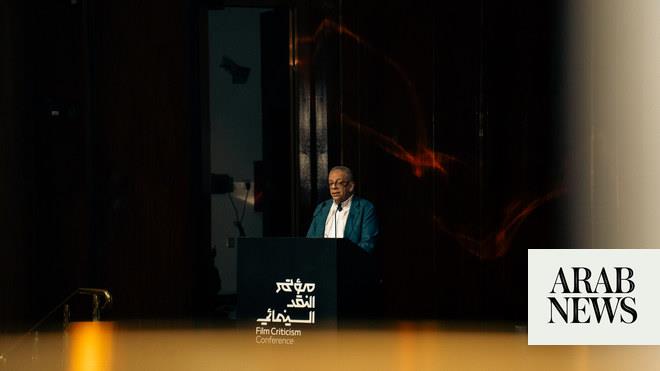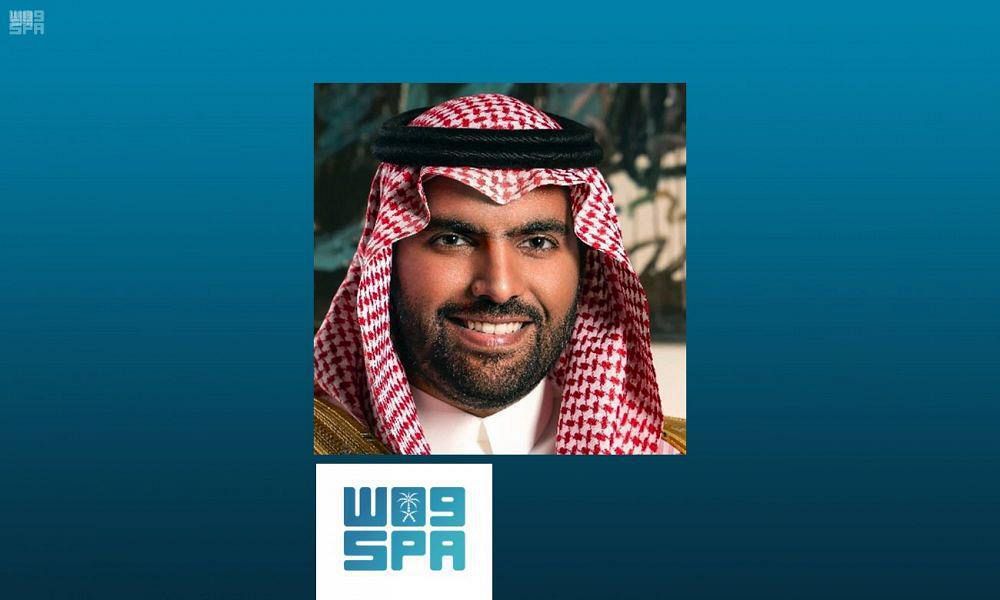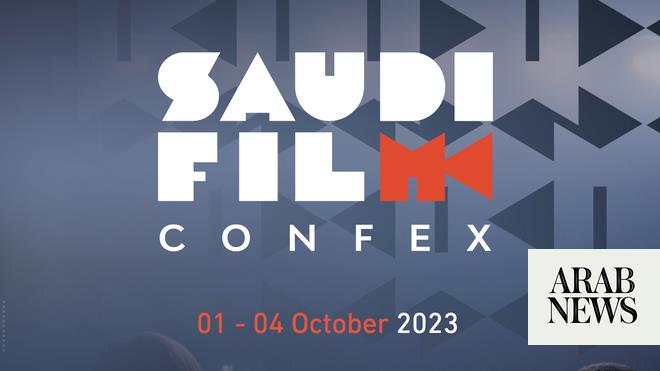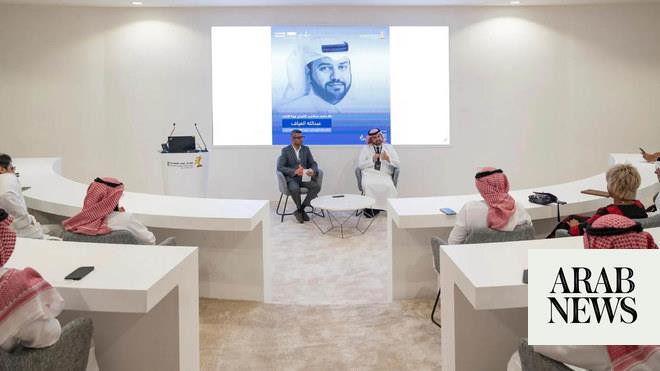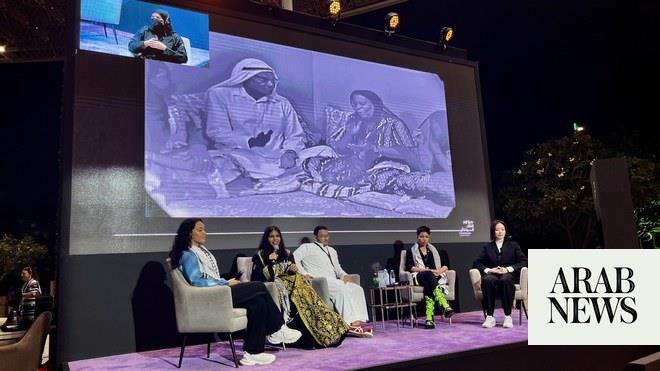
RIYADH: Filmmaking has long been influenced by art, as seen in the creation of works such as Edward Hopper’s “Nighthawks,” or Alex Colville’s “To Prince Edward Island,” which is reflected in Wes Anderson’s “Moonrise Kingdom.”
With the advancement of contemporary technology, there is now a stronger connection than ever between film and art.
In a talk led by renowned curator Amal Khalaf under the title “Virtual Visions” during the Film Criticism Conference held by the Ministry of Culture’s Film Commission in Riyadh, panelists discussed the role of artists in experimenting with the various forms of the moving image, from archival analog film to virtual reality and advanced technologies, and why it is important to continue that exploration.
“Artists have long been the pioneers of digital media pushing its technological, aesthetic, and political potential, while the net.art (movement) of the 1990s was the first to fully embrace and popularize new media in an art context,” Khalaf said, attesting the work of American artists like Nam June Paik and Lynn Hershman Leeson who have tested the possibility of what video art can become.
The film conference, which aimed to broaden the horizon of cinematography in the Kingdom, also featured an art exhibition titled “Beyond the Frame” with various video installations aiming to stretch the possibilities of using these types of media across various art forms. “Moving images can surprise us with what we have never imagined before,” the curatorial text read.
Today’s artists are finding new modes of incorporating the two, both digitally and contextually.
Featured Saudi artist Mohammed Hammad’s work centers around contrasting a Saudi and European upbringing, where creating a mosaic of the two spaces through the lens becomes the artwork itself.
His experimental short film “#INFINITESINCE83” is an introspective examination of his immigration from the region before Saudi Vision 2030 came to life, through montages narrated by voice messages from his mother.
“I grew up during the Sahwa, and Europe is the complete opposite of that, so it forced me to always find the space in the middle where I wasn’t abiding by cultural codes of behavior but rather a human common denominator,” Hammad told Arab News.
Kuwaiti artist Haya Alghanim’s “Two Captains Sink The Ship” goes back into digitized archival footage captured by the national television station of Kuwait as well as her own recent footage. Inspired by the art of the split screen, as she recalls watching in “Kill Bill Vol. 1” at the age of 7, the work is displayed on three screen panels, each working to create a nuanced experience of the material.
The artist told Arab News that the video installation is “a reclamation of a narrative and the ownership of it and protecting it from interference.”
The visual poem creates dialogue between the artist, her ancestors and land, while also weaving in nodes of gender constructs, religious identity, and environmentalism. She also uses her work to break away from the conditioning that is created by traditional film structures.
“It’s about freeing yourself as an artist and filmmaker, but also showing people what other possibilities there are,” Alghanim said.
Other artists like Ayoung Kim created an immersive experience inspired by food delivery app drivers, the presence of whom had spiked during the pandemic, making them some of the few mobile figures in communities across the world.
“Delivery Dancer’s Sphere” is a fictitious storyline that engrosses audiences into the character’s world through montage editing and VR to create a world unlike any other set in Seoul. The work further demonstrates the vast capacity of merging both art and cinema.




